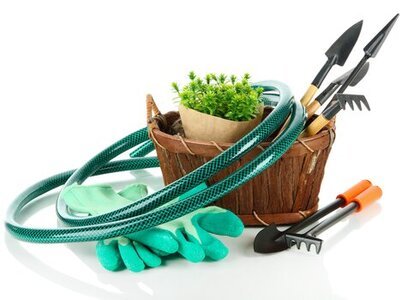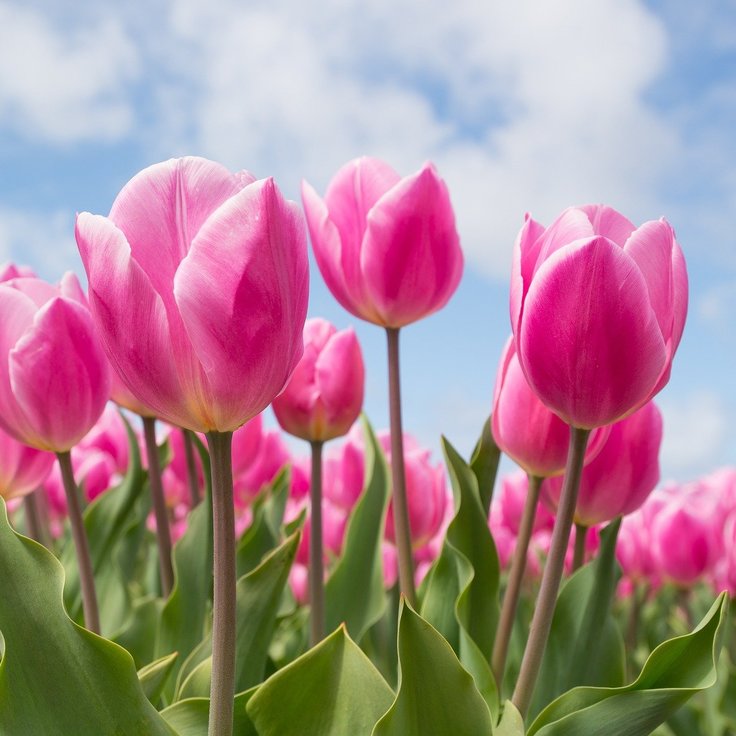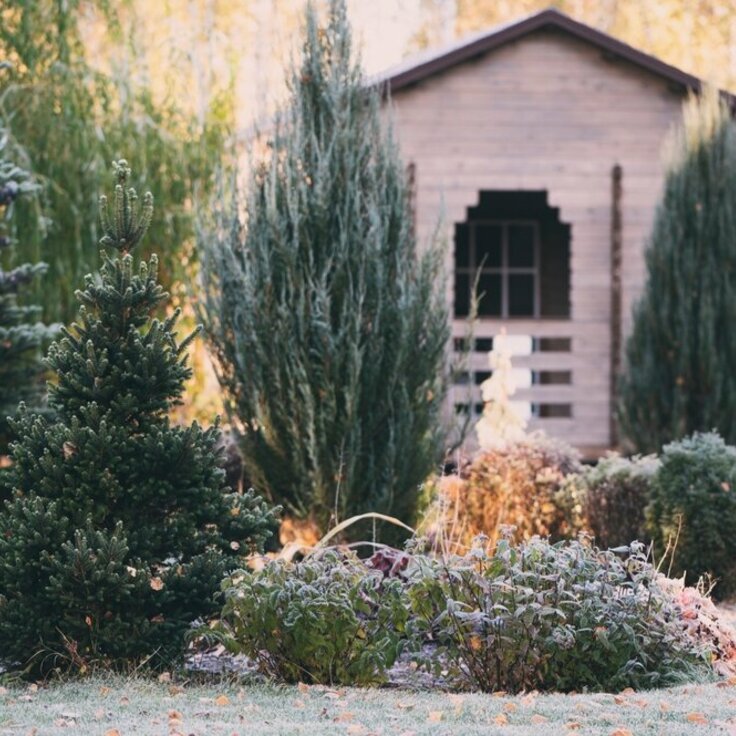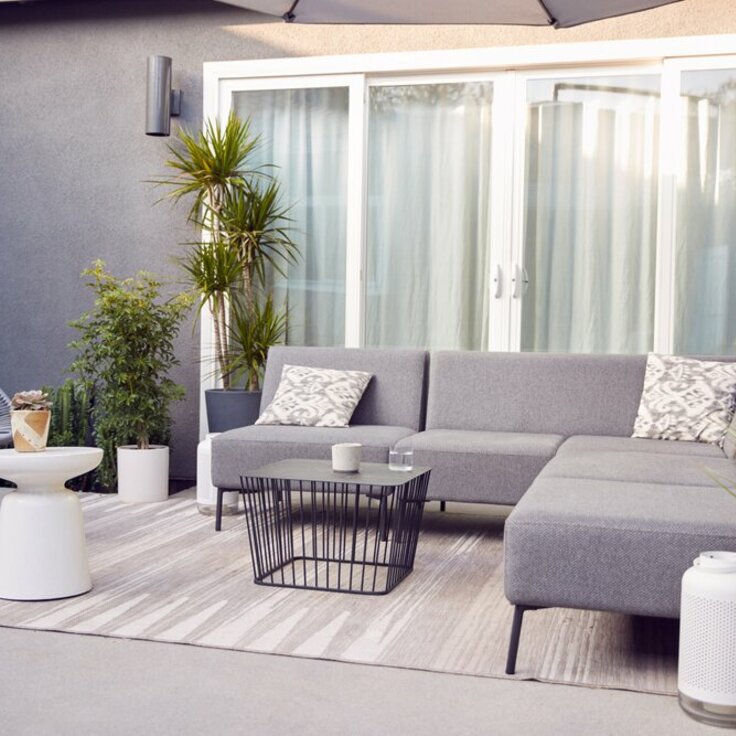Bridge Gardens: Maintaining Color When Your Perennials Pause
Every experienced gardener knows the disappointment: you've planned your perennial garden carefully, but suddenly you're facing gaps in color and interest. Maybe your early summer blooms have faded, but your late summer stars haven't quite started their show. Or perhaps an unexpected heat wave has rushed your carefully timed display to an early finish. Creating a continuous display of color and interest throughout the growing season is one of gardening's biggest challenges – but with proper planning and a few professional tricks, you can keep your garden looking fresh and vibrant through every seasonal transition.
Understanding Your Garden's Natural Rhythm
The first step in creating a continuous garden display is understanding the natural bloom cycles of your plants. Each perennial has its moment of glory, but none bloom forever. Map out your garden's performance throughout the season, noting when each plant typically starts and stops blooming. Pay special attention to transition periods – often these occur between early and late spring, early to late summer, and late summer to fall. These are your potential gap periods that need attention.
Strategic Planning for Continuous Color
Professional gardeners use several strategies to maintain consistent interest throughout the season. Succession planting – where you plant groups of the same flower every few weeks – helps extend bloom periods. Companion planting pairs early bloomers with later-performing plants, ensuring that as one fades, another takes center stage. Consider plants like salvias, which bloom repeatedly if deadheaded, or long-blooming perennials like coreopsis and echinacea that provide weeks of color.
Quick Solutions for Unexpected Gaps
Sometimes, despite careful planning, gaps appear. Weather fluctuations, disease, or other unexpected factors can leave holes in your garden display. This is when it's helpful to have a backup plan. Keep a few fast-growing annuals on hand for emergency color, or strategically order flowers from nurseries to plug temporary gaps. Container gardens can serve as mobile color spots – simply move them where needed to maintain visual interest.
Creating Year-Round Structure
A truly successful bridge garden relies on more than just flowers. Incorporate evergreen plants to provide year-round structure and interest. Ornamental grasses offer movement and texture, while architectural elements like obelisks or decorative trellises create permanent focal points. Even during bloom transitions, these elements ensure your garden never looks empty.
Plants with interesting foliage play a crucial role in bridging gaps between blooms. Consider plants like heuchera, with its colorful leaves, or Japanese forest grass for its graceful form. These plants maintain interest even when nothing is blooming.
Professional Maintenance Tips
Proper maintenance can significantly extend bloom periods and minimize gaps. Regular deadheading encourages many plants to produce new flowers. Strategic pruning of early-blooming perennials often prompts a second flush of blooms later in the season. Proper fertilization timing can help plants perform at their peak and extend their showing.
Water management is crucial during transition periods. Plants under stress often stop blooming prematurely, so maintain consistent moisture levels, especially during hot spells. Mulching helps regulate soil temperature and moisture, keeping plants comfortable and blooming longer.
Planning for the Seasons
Spring gardens often face gaps when early bulbs fade. Plan for this by interplanting bulbs with emerging perennials that will hide declining bulb foliage. Summer gaps can be filled with heat-loving annuals, while fall gardens benefit from late-blooming perennials like asters and Japanese anemones.
Don't forget about winter interest. While not technically a bloom gap, winter presents its own challenges. Incorporate plants with interesting bark, persistent berries, or architectural seed heads that look beautiful frosted with snow.
Remember, creating a continuously beautiful garden is more art than science. It requires observation, experimentation, and flexibility. Keep notes about what works in your garden and what doesn't. Every garden is unique, and strategies that work in one might need adjustment in another. With time and attention, you'll develop a rhythm that keeps your garden looking fresh and vibrant through every seasonal transition.
Most importantly, don't be afraid to try new combinations and solutions. Gardening is a journey of continuous learning, and even temporary setbacks provide valuable lessons for future success. Your garden will evolve as you discover what works best in your specific conditions, creating a dynamic, ever-changing display that brings joy throughout the growing season.








